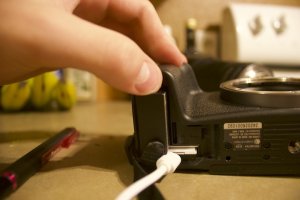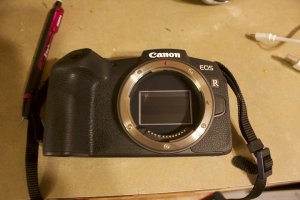I figured this out because I got the RP for Christmas as an upgrade for my t3i and wanted to protect my camera sensor from dust, and the elements that would ruin it. this is a step by step guid of how to do this
1. set to bulb and turn on.
2. open battery slot cover.
3. get something in the slot that makes the camera think its on. I use a micro usb cable because once I put it in, it stays.

4. start an exposure.
5. while the exposure is going, release the battery, the shutter flap should stop down.
6. turn camera off and put the battery back in, and close the battery cover.
Let me know if this helped and if there is any problems. comment if you liked it.

1. set to bulb and turn on.
2. open battery slot cover.
3. get something in the slot that makes the camera think its on. I use a micro usb cable because once I put it in, it stays.

4. start an exposure.
5. while the exposure is going, release the battery, the shutter flap should stop down.
6. turn camera off and put the battery back in, and close the battery cover.
Let me know if this helped and if there is any problems. comment if you liked it.

Last edited:
